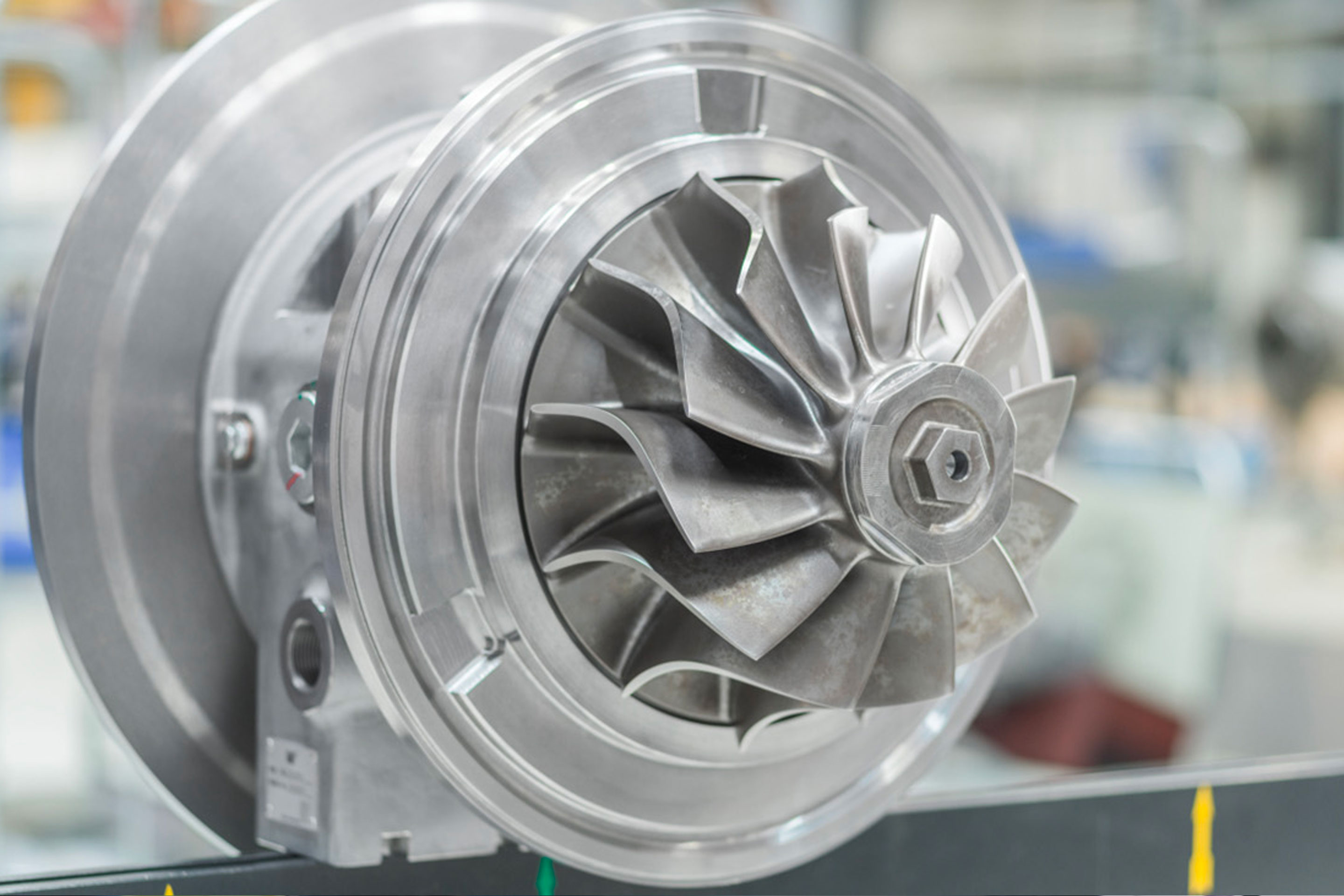Turbocharging can make a huge difference to the performance of your engine, providing up to 400% more power and offering huge benefits when it comes to fuel efficiency and emissions.
It’s vital to keep on top of maintenance if you want the best performance and reliability, however, and abnormal vibrations in operation can negatively affect the performance of your turbocharger. Let’s look at what causes excess vibrations, the effects they can have on your turbocharger, and potential solutions.
With the tip speed of rotating parts traveling at up to 1,450km/h, resulting in thousands of revolutions per minute, even the smallest imbalance and additional vibration can have plenty of negative effects for your turbocharger. Vibrations can cause high stresses on the turbocharger components themselves and can also result in abnormal noises.
It’s not just your turbocharger that you need to worry about, either, as vibrations in operation can also cause additional adverse effects on other engine components, and safe operation under extreme vibration conditions cannot be guaranteed.
In turn, vibrations can considerably shorten the expected lifetime of components – both within the turbocharger itself, and the engine, and can result in breakdowns and unscheduled downtime.
So, what actually causes these vibrations in the first place? There are three components of vibration, including exciting forces, which act on the turbocharger structure itself, excitable structures, which react to the forces, and movement, which is the reaction of the structure. Important properties that play a part in such vibrations include mass, stiffness and damping.
Repeating forces that can start additional vibration in your turbocharger include an imbalance in rotating parts, misalignment, worn machine parts, improperly driven machine components and pressure pulsation. Excessive clearance and loose bolts can also cause excessive vibrations.
This can result in anything from severe cracks in the turbine housing, to damage to components such as the compressor wheelor turbocharger cartridge, and we’ve also seen vibrations cause deformation to bearing casings which can lead to total breakdowns.
Identifying the cause of your vibrations
FFT (Fast Fourier Transform) spectrum analysis is one of the most effective ways of analyzing vibrations within your turbocharger. Each component within the turbocharger, such as the turbine wheel, creates a very distinct vibration, with a specific wave pattern that directly relates to the energy of the vibration.
If a component isn’t functioning as expected – for example, due to imbalance or misalignment, it will produce different vibrations and an abnormal waveform. The energy of a vibration in a defined frequency band indicates exactly how much energy is in the vibration, which can be calculated using FFT spectrum analysis or by filtering the relevant time signals.
It’s important to measure and monitor vibrations within your turbocharger, as this can help to identify potential issues through any abnormal waveforms before they become a problem. Such analysis can help us to verify that frequencies and amplitudes do not exceed material limits and can help to avoid excitation of resonances in specific parts of a turbocharger or engine.
We can then act on such analysis, dampening or isolating vibration sources, and we can decide whether it’s necessary to make conditional maintenance on machines, along with more general system analysis.
What to do if you’re suffering from vibrations?
If excess vibrations are discovered on your turbochargers, it’s vital that the engine is stopped for further investigation. All turbocharger components should be checked before further operation, and rotor shaft balance should be controlled by an authorized Accelleron Service Station.
All foundation and casing connections should be checked to ensure correct tightening torques, and engine components should also be checked carefully. Ignition (combustion) components should be checked carefully for proper operation, including engine tuning, and exhaust lines and exhaust flow should be checked for alignment and pulsation.
By carrying out these steps, from analyzing vibrations to troubleshooting any abnormal findings, your turbocharger will continue to make your engine more efficient, providing more power and helping you to cut costs and emissions where it matters most.














